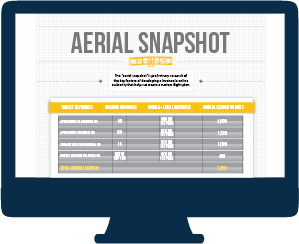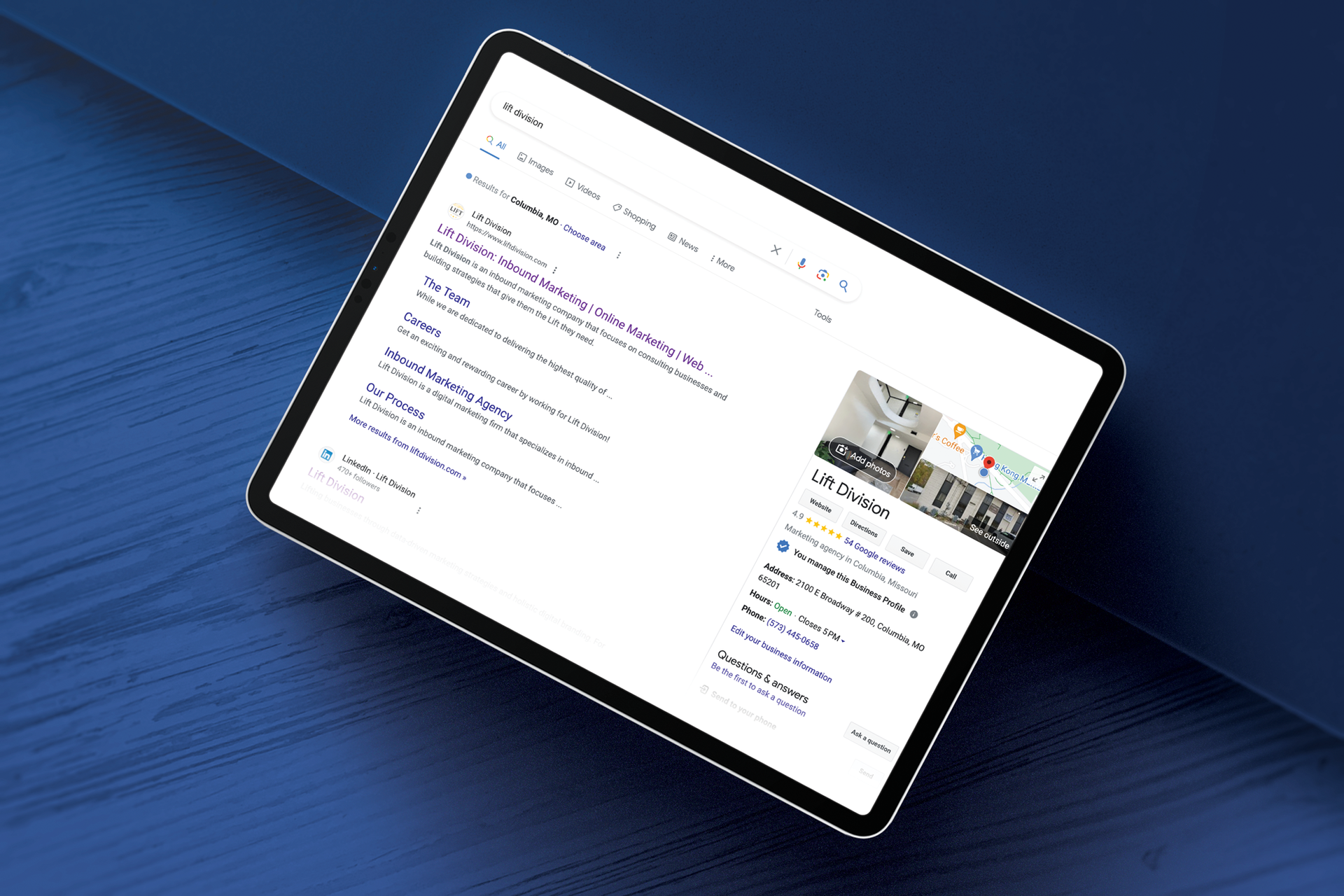4 Things You Can Do to Win at Local SEO
Proximity, prominence, and pertinence: the local search trifecta.
With the release of the 2017 Local Search Ranking Factors survey by Darren Shaw this month, there is a plethora of data showing what moves the needle in local search.
Before we dive into the results of the survey, let’s touch on the state of local search and the trends that define consumer behavior at the local level.
Local searches are made by consumers in search of things near their geographical location. This can include finding directions to a local business, checking local store hours or searching for a particular product within close proximity.
A study spearheaded by Google details the most current stats on the local search habits of consumers. Check out this handy infographic to learn more.
Consumers search with their location and proximity in mind and often take action quickly.
- 4 out of 5 consumers use search engines to find local information.
- 50% of consumers who conducted a local search on their smartphone visited a store within a day.
- 18% of local searches on smartphones lead to a purchase within a day.
How to capitalize on consumer’s local search trends in 2017
The respondents who provided the data for this survey are some of the brightest, most experienced minds within the local search community. The resulting summary of ranking factors are a combination of common best practices in local search and real-world evidence of the application of those practices, as those surveyed also shared anecdotes from their experiences with local SEO.
Now, let’s take a look at the key takeaways from the survey:
- Signals from Google My Business listings reign as the most important factor in local rankings. Signals include proximity to searcher and proper category listings.
- Links are not dead. Positive signals from earned links can often be a competitive advantage, especially to rank in saturated local markets.
- Authentic, real-world reviews grow in importance. Truthful reviews provide transparency and utilize an incredibly powerful tool: social proof.
- Citations remain the foundation of consistent local ranking.
For some context surrounding what influences local search, I took Darren’s three defining categories (proximity, prominence and relevance) and put my own spin on the the third to create a memorable moniker…
The 3 P’s of Local Search
Proximity
Quite simply, proximity is how close a local business is to the user performing a search query. Which businesses are closest to the searcher? This factor is meant to assist with decision making based on closeness to searcher, but often times it can skew results. Closest ? best, which brings us to…
Prominence
Multiple factors go into prominence, which is a local business’ clout. For example: the amount of quality reviews, the quality of the business’ website and its reputation in the local community. Prominence helps to identify the cream of the crop nearest to you. But does the most prominent business nearest you have what you’re looking for?
Pertinence (or relevancy)
Pertinence measures how relevant the products and services a business offers are to the searcher’s need. The final P fine tunes a search for a local business, using the first two categories to help the searcher find a solution to their need.
In other words, being relevant often means being “just what the customer was looking for.”
With the 3 P’s of local search in mind, here’s how to leverage local ranking factors to successfully grow your local SEO footprint and win your fair share of local searches.
4 action steps to winning your fair share of local search traffic
- Increase the frequency with which you ask for reviews. Ask EVERY customer. High frequency leads to higher quality reviews and higher rankings.
- Build digital links with professionals you work with locally, including service providers, partners and sponsors.
- Create in-depth, helpful long-form content for every service or product you provide. Provide value to your visitors. Why should they choose you?
- Be a great (not just good) business.
Google is growing increasingly behavioral, using data from real-world sources to form a better idea of which are the best businesses online. They have access to vast amounts of data from various industry-specific platforms, location-based services and even credit cards, giving them insight into information such as:
- How frequently tables are reserved at local restaurants.
- Which convenience store has the cheapest gallon of gas.
- When your business is busiest, based on trends in foot traffic to your store.
Darren Shaw’s advice for how to rank in local search in the next 5 years?
It’s simple: Be a great business.
Being a great business is easier said than done. What defines a “great business” is often the perfect combination of a number of factors, both online and off.
Consistently providing quality experiences for your customers both digitally and physically proves your worth as a great business and prepares you to reap the benefits of authentic reviews, increased online exposure and most importantly: more business.
If you’d like to learn about concrete ways to put these steps into action and improve your local SEO, email me: [email protected]. Let’s chat.

Jake Bowlby is a Senior Digital Marketing Strategist at Lift Division and has helped hundreds of businesses across Missouri grow sales and profits. Jake has considerable experience helping builders, contractors, restaurateurs and many other industries with brand development and lead generation.
GET A FREE ONLINE MARKETING ASSESSMENT!

Our FREE Aerial Snapshot will:
- Identify Valuable Keywords & Your Current Rankings
- Analyze Your Current Local Presence
- Review Key Performance Indicators on Your Website
- Assess Your Social Media Profiles
- Provide You with a Reputation Analysis







